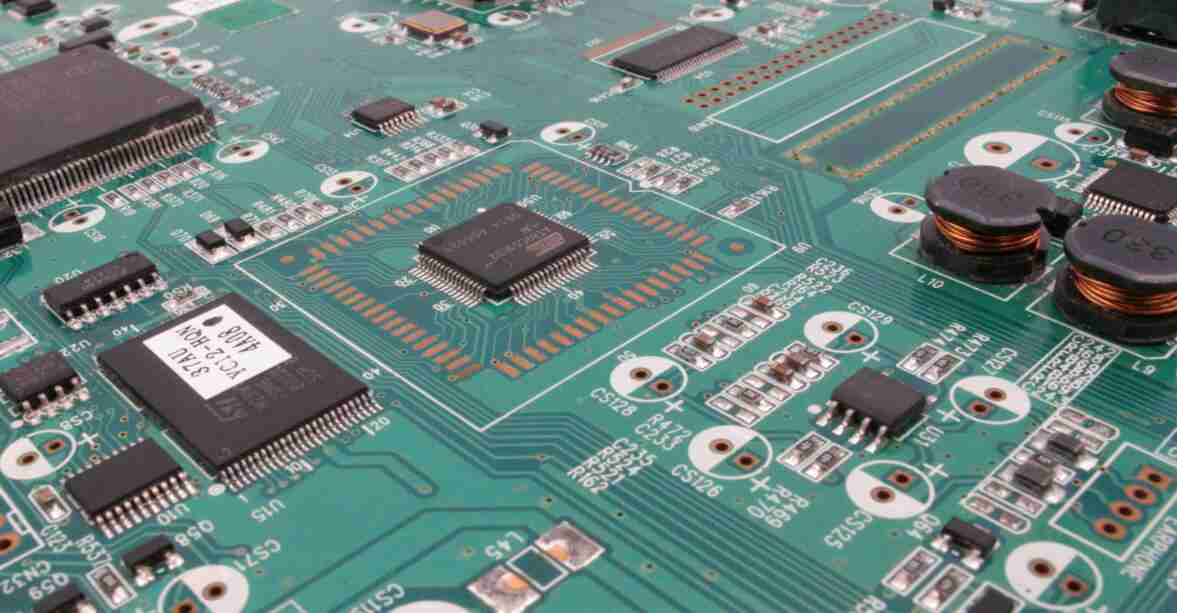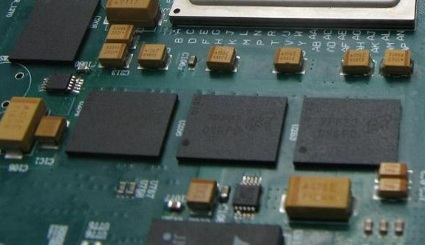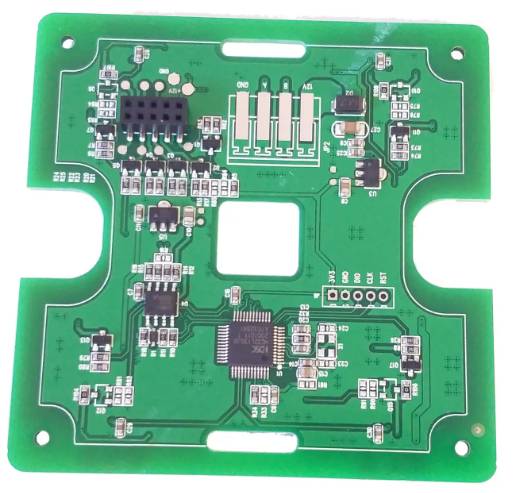
PCB board factory, design high frequency impedance circuit board what are the special methods? In PCB design, there will always be times when impedance is not continuous. So what am I supposed to do now?
Characteristic impedance: Also known as "characteristic impedance", it is not DC resistance, belongs to the concept of long line transmission. In the high frequency range, where the signal edge reaches during signal transmission, a transient current will be generated between the signal line and the reference plane (power or ground plane) due to the establishment of an electric field.
If the transmission line is isotropic, there will always be a current I as long as the signal is being transmitted. If the output voltage of the signal is V, the transmission line will be equivalent to a resistance in the process of signal transmission, the size of which is V/I. This equivalent resistance is called the characteristic impedance Z of the transmission line.
In the process of transmission, if the characteristic impedance of the transmission path changes, the signal will be reflected at the node where the impedance is discontinuous.
The factors affecting the characteristic impedance are: dielectric constant, dielectric thickness, wire width, copper foil thickness.
1. Gradient line
Some RF devices are packaged in small packages. SMD pads may be as small as 12MILS, while RF signal lines may be as wide as 50MILS or more. Gradient line must be used, and line width mutation is prohibited. The line of the transition section should not be too long.
2. Corner
If the RF signal line is at a right Angle, the effective line width at the corner will increase and the impedance will be discontinuous, resulting in signal reflection. To reduce discontinuity, there are two ways to treat corners: cut corners and round corners. The radius of the arc Angle should be large enough, in general, to ensure: R> 3W.

3. Large pad
When there is a large pad on the 50 ohm microstrip line, the large pad is equivalent to the distributed capacitance, which destroys the characteristic impedance continuity of the microstrip line. Two methods can be taken at the same time to improve: the first is to thicken the microstrip line medium, and the second is to hollow out the ground plane below the pad, which can reduce the distributed capacitance of the pad.
4. Through the hole
The through-hole is a metal cylinder plated outside the through-hole between the top and bottom layers of the circuit board. Signal holes connect transmission lines on different layers. The hole stump is the unused part of the hole. The through-hole welding pad is a circular ring gasket, and the isolation plate is an annular gap in each power supply or ground plane, used to prevent short circuit of the power supply and ground plane.
After rigorous physical theory derivation and approximate analysis, the equivalent circuit model through the hole can be a grounded capacitor connected in series at both ends of the inductor.
From the equivalent circuit model, it can be seen that the parasitic capacitance to the ground exists in the hole itself. Assuming that the diameter of the backweld pad through the hole is D2, the diameter of the backweld pad through the hole is D1, the thickness of the PCB board is T, and the dielectric constant of the substrate is ε, then the parasitic capacitance through the hole is about:
The parasitic capacitance through the hole will cause the signal rise time to be prolonged and the transmission speed to be slowed down, thus reducing the signal quality. Similarly, the hole also has parasitic inductance. In high speed digital PCB, the harm caused by parasitic inductance is often greater than that of parasitic capacitance.
Its parasitic series inductance will reduce the contribution of the bypass capacitor, thus reducing the filtering effect of the whole power system. Suppose L is the inductance of the hole, h is the length of the hole, and d is the diameter of the center hole. The approximate parasitic inductance through the hole is similar to:
Perforation is one of the important factors leading to RF channel impedance discontinuity. If the signal frequency is greater than 1GHz, the effect of the hole must be considered.
The common methods to reduce the impedance discontinuity through the hole include: using no plate process, selecting the outlet mode, optimizing the diameter of the back pad. Optimizing the diameter of back pad is one of the most common methods to reduce impedance discontinuity. As the characteristics of the hole are related to the size of the aperture, pad, back pad, laminated structure, wiring mode and other structures, it is recommended to use HFSS and Optimetrics to optimize simulation according to the specific situation in each design.
When using parametric models, the modeling process is simple. PCB designers are required to provide corresponding simulation files during the audit.
Through hole diameter, pad diameter, depth, and back pad will all bring changes, resulting in impedance discontinuity, and the severity of reflection and insertion loss will be affected.
5. Through-hole coaxial connector
Similar to the through-hole construction, the through-hole coaxial connector also has impedance discontinuity, so the solution is the same as the through-hole. The common methods to reduce the impedance discontinuity of through-hole coaxial connectors are as follows: adopting no-plate process, appropriate outlet mode, optimizing the diameter of backplate, etc.









